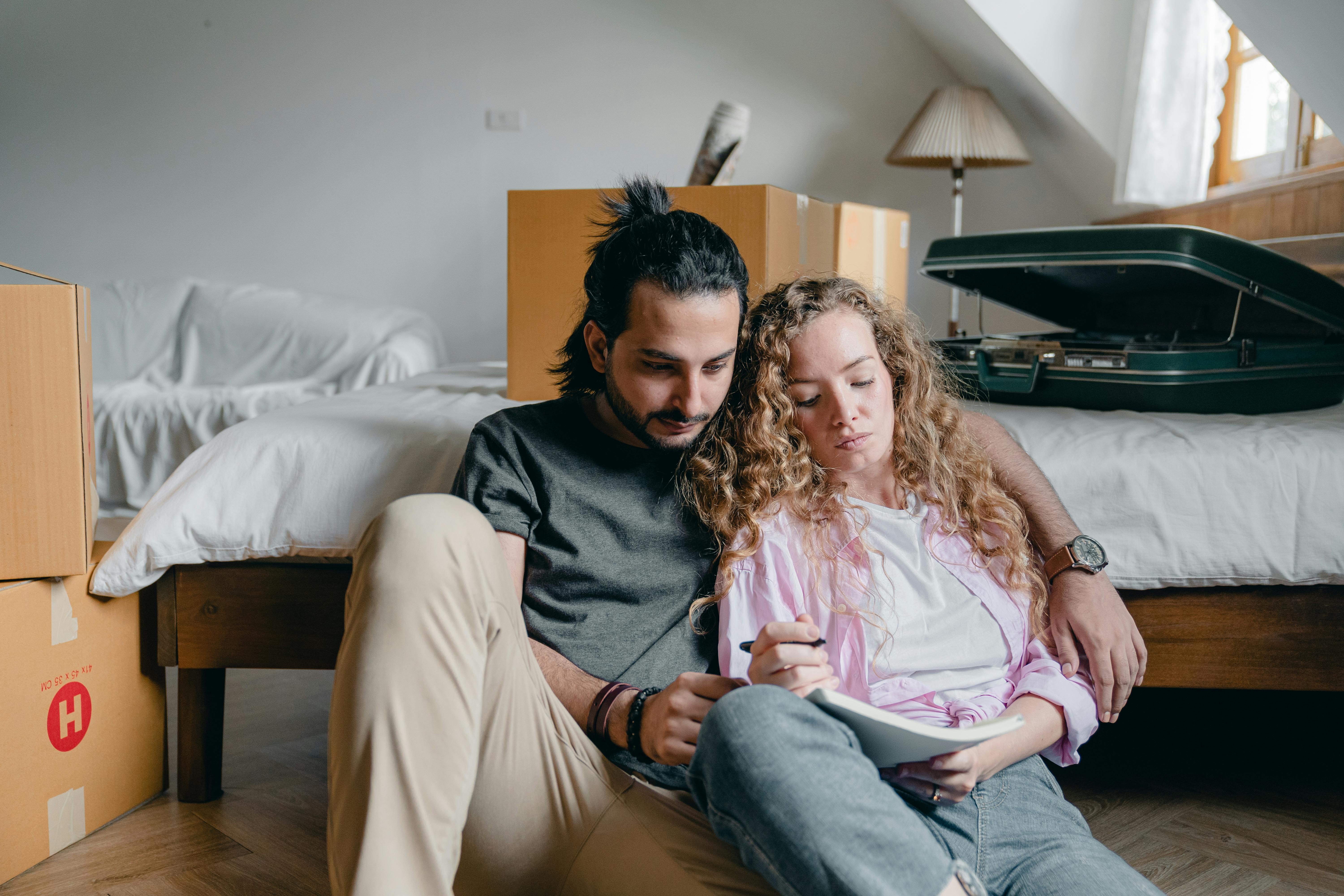According to the American Heritage Desk Dictionary, the word apprentice is defined as “someone who is learning a trade from a skilled teacher; or a beginner.” I find these two definitions to be relevant to the work I do each day, as well as to the way I think about learning in relation to the remediation of autism spectrum disorders or related neurological disorders.
Apprenticeship in job training has been around for hundreds of years, dating back to the Middle Ages. The idea of learning itself has been around much longer than that, since the dawn of history. Humans have been learning from the “masters” forever, and it is what allows the human race to survive. Parents learn their children who learn their children, and so on. This transmission of basic survival skills is not what we traditionally think of as a teacher / apprentice relationship; but in reality, it is learning in its most basic and necessary form.
We tend to think of apprentices in relation to job training, or within education, or the workforce. While this form of training is the backbone of most occupations, apprenticeship is used in many places and for many purposes. If you go back to the definition at the beginning of this article, it says that an apprentice is someone who is learning a trade from a master. When I think about this, I take the meaning of the word “trade” loosely. Trade can mean skill, task, or concept. When you think about it this way, learning applies to almost everything we learn throughout our lives.
When was the last time you were a trainee or teacher? I often find myself in both positions. Sometimes they even catch me as a teacher and apprentice of the same task. As I continue to learn, I begin to pass on my knowledge and discoveries to someone else. I’m sure all of you have had this experience too. Let’s face it, there are some things that we will never fully master, but we know enough to take an apprentice and start guiding them to a new level of understanding.
In my profession, I am in the unique position of being both a teacher and a learner. I spend most of my days guiding parents through the remediation process with their children with an autism spectrum disorder or a related neurological disorder. But I also often find myself making new discoveries and expanding my skills even though I am in the role of teacher. This guide and tutorial is based on the teacher / learner relationship that is not unique to parents of children with disabilities, but is inherent in the act of parenting. So I mentor parents who are also in a position to be teachers and learners.
When parents are in the lead role, they spend their time guiding their children to make new discoveries within the safety of their trusting relationship. Parents support their children in learning new things, stepping into teaching until the child feels competent and ready to assume greater independence. So what is this teacher / apprentice relationship like between a parent and child? The following is an example of how a parent would guide their child in learning how to make a peanut butter and jelly sandwich, steps they would use to foster competence and independence.
- The parent has all the necessary supplies ready and begins by making the child responsible for helping to get the bread from the bag to the plate. The father encourages the discovery of the need for bread first by talking with the child about what the first step would be. The parent can ask the child to choose the next item and to help open the peanut butter or jelly. At this stage, the parent can have the child watch each ingredient spread.
- As the child becomes proficient with the above steps, the parent adds the step of spreading the ingredients. The parent can begin by using hand over hand to help the child and gradually remove the hand as the child becomes competent.
- The parent then allows the child to make his own sandwich, but stays behind to offer necessary help or reminders.
- In the final stage, the child can make his own sandwich independently, without the support or supervision of a parent.
Each of the above stages can be divided into even smaller steps, depending on the child’s ability; But the idea is for the child to develop his competence, make discoveries, and develop his independence under the guidance of a trusted parent. It should also be noted that each stage must be practiced several times before moving on to the next step. Guides want to develop their apprentice’s competence before expanding the level of independence.
Many parents do this type of counseling on a daily basis, without even realizing what they are doing. Each of these teacher / learner experiences is what fosters our children’s independence and quality of life. This same type of teacher / learner relationship is what we use in the remediation of autism spectrum disorders through the RDI® program. The only difference may be the amount of support and / or the time it takes to master a task.




